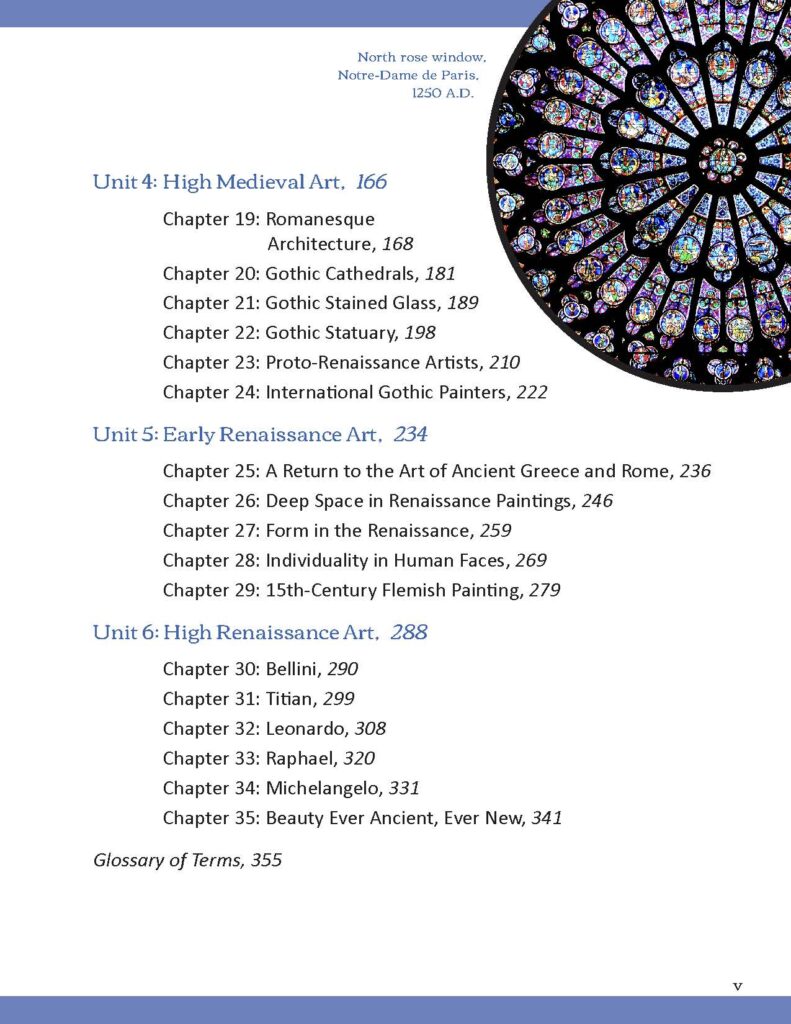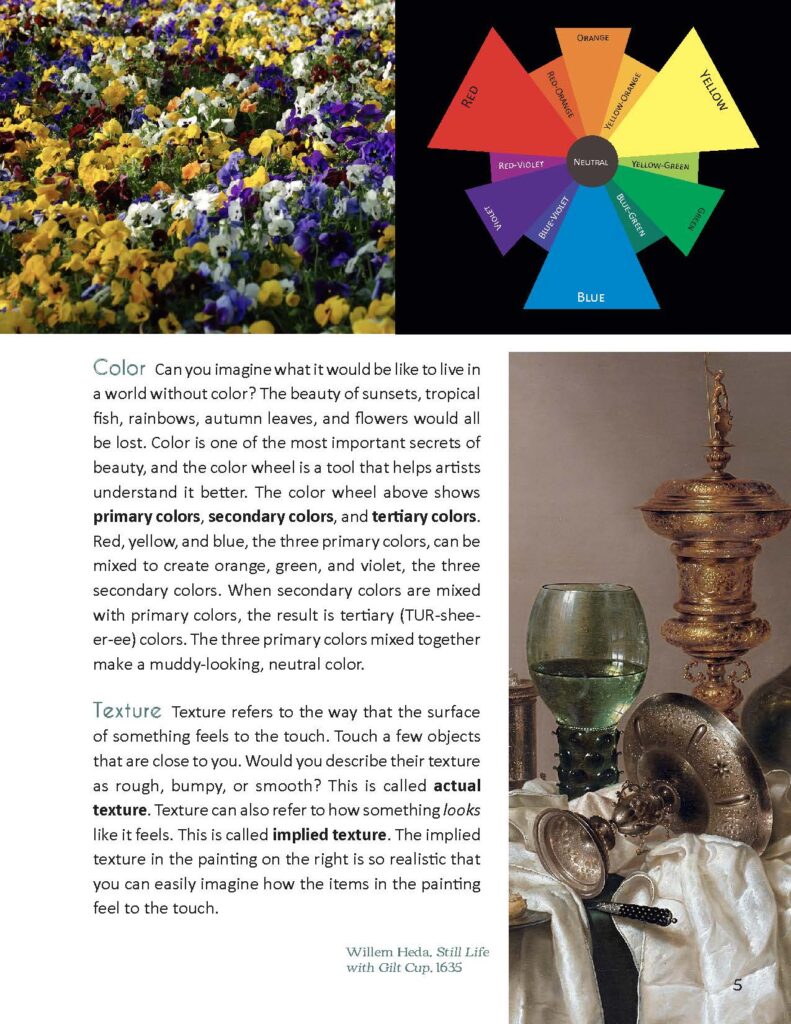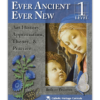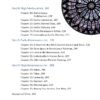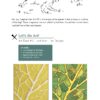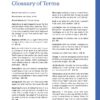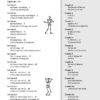“Late have I loved You, O Beauty ever ancient, ever new!” — St. Augustine
Ever Ancient, Ever New leads children to God by Benedict XVI’s “way of beauty.” Level 1 tells the “story of art” from cave artists to the High Renaissance masters, paying special attention to the way God speaks through art.
Discussion of each artistic period is accompanied by:
- Detailed picture studies of period masterpieces that teach students the “language of art”
- A lesson in art theory with a focus on the seven elements of art (line, shape, texture, form, value, space, and color)
Art Pad 1 provides homeschool-friendly art projects that teach fine arts skills while reinforcing and complementing the lessons in art theory and history from the text. Art Pad 1 includes:
- 35 weeks of easy-to-follow project instructions
- Projects themed to match the textbook
- Project templates on colored cardstock and artist’s paper
- Clear lists of additional, easy-to-find supplies
Ever Ancient, Ever New, Level 1 teaches:
- Art History: Cave Art, Egyptian, Greek, Roman, Early Christian, Byzantine, Celtic, Anglo-Saxon, Viking, Insular, Carolingian, Romanesque, Gothic, Early and High Renaissance Art
- Art Theory: Elements of art (line, shape, texture, form, value, space, and color), types of compositions (vertical, pyramidal, etc.); pattern; symbolism; picture space; positive and negative space; bilateral and radial symmetry; implied space, form, and texture; color theory; foreground, middleground, and background; linear perspective; and atmospheric perspective.
- Art Appreciation: Over 60 picture studies of masterpieces such as Andrei Rublev’s Three Angels, the Royal Portal of Chartres Cathedral, Fra Angelico’s Annunciation, and Leonardo da Vinci’s Last Supper
- Art Practice: Fine art skills such as using lines with different qualities, simplified human figure drawing, drawing facial features, mixing paints, creating textures with tooling foil, working with watercolors to create implied texture, drawing with linear perspective, painting with atmospheric perspective, sculpting and drawing the human form in action; creating implied space through overlapping and shading, and more
The author of Ever Ancient, Ever New is a practicing artist with an M.A. in theology and wrote her master’s thesis on sacred art in the theology of Joseph Ratzinger (Benedict XVI). She believes that all great art points beyond itself to God, the source of all beauty.
Age Level and Scheduling: Ever Ancient, Ever New, Level 1 is designed for fifth- and sixth-grade students, but can also be used by seventh- to ninth-graders. The program can be completed in either one or two years.
“Late have I loved You, O Beauty ever ancient, ever new!” — St. Augustine
Ever Ancient, Ever New leads children to God by Benedict XVI’s “way of beauty.” Level 1 tells the “story of art” from cave artists to the High Renaissance masters, paying special attention to the way God speaks through art.
Discussion of each artistic period is accompanied by:
- Detailed picture studies of period masterpieces that teach students the “language of art”
- A lesson in art theory with a focus on the seven elements of art (line, shape, texture, form, value, space, and color)
Art Pad 1 provides homeschool-friendly art projects that teach fine arts skills while reinforcing and complementing the lessons in art theory and history from the text. Art Pad 1 includes:
- 35 weeks of easy-to-follow project instructions
- Projects themed to match the textbook
- Project templates on colored cardstock and artist’s paper
- Clear lists of additional, easy-to-find supplies
Ever Ancient, Ever New, Level 1 teaches:
- Art History: Cave Art, Egyptian, Greek, Roman, Early Christian, Byzantine, Celtic, Anglo-Saxon, Viking, Insular, Carolingian, Romanesque, Gothic, Early and High Renaissance Art
- Art Theory: Elements of art (line, shape, texture, form, value, space, and color), types of compositions (vertical, pyramidal, etc.); pattern; symbolism; picture space; positive and negative space; bilateral and radial symmetry; implied space, form, and texture; color theory; foreground, middleground, and background; linear perspective; and atmospheric perspective.
- Art Appreciation: Over 60 picture studies of masterpieces such as Andrei Rublev’s Three Angels, the Royal Portal of Chartres Cathedral, Fra Angelico’s Annunciation, and Leonardo da Vinci’s Last Supper
- Art Practice: Fine art skills such as using lines with different qualities, simplified human figure drawing, drawing facial features, mixing paints, creating textures with tooling foil, working with watercolors to create implied texture, drawing with linear perspective, painting with atmospheric perspective, sculpting and drawing the human form in action; creating implied space through overlapping and shading, and more
The author of Ever Ancient, Ever New is a practicing artist with an M.A. in theology and wrote her master’s thesis on sacred art in the theology of Joseph Ratzinger (Benedict XVI). She believes that all great art points beyond itself to God, the source of all beauty.
Age Level and Scheduling: Ever Ancient, Ever New, Level 1 is designed for fifth- and sixth-grade students, but can also be used by seventh- to ninth-graders. The program can be completed in either one or two years.
Chapter 1: The Secrets of Beauty
Art Theory: Elements of art; line
Art Project: Leaf Vein Line Design
Art Skills Taught: Use of line; painting skills
UNIT 1: ART OF THE ANCIENT WORLD
Chapter 2: Cave Art
Art Theory: Shape
Art Project: Drawing with Lines and Shapes
Art Skills Taught: Lines and shapes; drawing skills
Chapter 3: Egyptian Art
Art Theory: Introduction to Composition
Art Project: Family Portrait
Art Skills Taught: Human figure drawing; drawing skills
Chapter 4: Greek Ceramics
Art Theory: The Beauty of Pattern
Art Project: Greek Patterns
Art Skills Taught: Patterns; drawing skills
Chapter 5: Greek Sculpture
Art Theory: Facial Proportions
Art Project: Drawing Faces
Art Skills Taught: Facial features; facial proportions; drawing with shapes and lines
Chapter 6: Roman Art
Art Theory: Details in Individual Faces
Art Project: Self-Portrait
Art Skills Taught: Facial proportions; observational drawing; drawing with shapes and lines
UNIT 2: EARLY CHRISTIAN AND BYZANTINE ART
Chapter 7: Early Christian Art
Art Theory: Symbols
Art Project: Sign Language Initials
Art Skills Taught: Symbols; drawing Skills; using lines with different qualities
Chapter 8: The Art of Mosaics
Art Theory: Color, a Secret of Beauty
Art Project: Ice Cream Cone Color Wheel
Art Skills Taught: Painting a color wheel; Mixing primary hues to make secondary hues, tertiary hues, and a neutral color; Mixing complementary colors to make brown
Chapter 9: Byzantine Art
Art Theory: Color Intensity
Art Project: Pain an Icon, Part 2
Art Skills Taught: Mixing colors; painting with layers to control color intensity; achieving even coatings of paint
Chapter 10: Byzantine Mosaics
Art Theory: Color Symbolism
Art Project: Paint an Icon, Part 2
Art Skills Taught: Mixing colors; painting with layers to control color intensity; achieving even coatings of paint
Chapter 11: Icons around the World
Art Project: Paint an Icon, Part 3
Art Skills Taught: Details and tracing with markers; drawing highlights
UNIT 3: EARLY MEDIEVAL ART
Chapter 12: Barbarian Art
Art Theory: Texture
Art Project: Medieval Manuscript, Part 1
Art Skills Taught: Designing a template with simple shapes and lines; creating actual textures with tooling foil
Chapter 13: Insular Art
Art Theory: Implied Texture
Art Project: Medieval Manuscript, Part 2
Art Skills Taught: Patterns; lettering
Chapter 14: Illuminated Manuscripts
Art Project: Medieval Manuscript, Part 3
Art Skills Taught: Making a bubble letter; mixing colors; drawing and painting skills
Chapter 15: Carolingian Art
Art Project: Medieval Manuscript, Part 4
Art Skills Taught: Actual texture; working with tooling foil
Chapter 16: Principles of Medieval Artwork
Art Theory: Picture Space
Art Project: Watercolor Implied Textures
Art Skills Taught: Implied texture; watercolor techniques
Chapter 17: Gesture in Medieval Artwork
Art Theory: Positive and Negative Space
Art Project: Fantasy Landscape
Art Skills Taught: Watercolor techniques; picture space
Chapter 18: Heraldry and the Crusades
Art Theory: Heraldry
Art Project: Heraldic Shield
Art Skills Taught: Picture space; color contrast; painting skills
UNIT 4: HIGH MEDIEVAL ART
Chapter 19: Romanesque Architecture
Art Theory: Actual space; symmetry
Art Project: Mirror Image: Symmetry and Negative Space
Art Skills Taught: Bilateral symmetry; positive/negative space
Chapter 20: Gothic Cathedrals
Art Theory: Radial symmetry
Art Project: Radial Symmetry Name Design, Part 1
Art Skills Taught: Radial symmetry
Chapter 21: Gothic Stained Glass
Art Project: Radial Symmetry Name Design, Part 2
Art Skills Taught: Radial symmetry
Chapter 22: Gothic Statuary
Art Theory: Actual Form
Art Project: Aluminum “Action Figures”
Art Skills Taught: Sculpting and drawing 3D human figures in action
Chapter 23: Proto-Renaissance Artists
Art Theory: Implied space; implied form
Art Project: Fill Your Gym Bag: Drawing Overlapping Forms
Art Skills Taught: Implied space (overlapping); drawing skills
Chapter 24: International Gothic Painters
Art Theory: Value and implied form
Art Project: Fill Your Gym Bag: Creating Implied Form with Shading
Art Skills Taught: Implied form (shading); value scale
UNIT 5: EARLY RENAISSANCE ART
Chapter 25: A Return to the Art of Ancient Greece and Rome
Art Project: Zoom Letters
Art Skills Taught: Linear perspective; colored pencil shading
Chapter 26: Deep Space in Renaissance Paintings
Art Theory: Foreground, middleground, background; linear perspective
Art Project: Superman City
Art Skills Taught: Linear perspective; drawing skills
Chapter 27: Form in the Renaissance
Art Project: Street View
Art Skills Taught: Linear perspective; drawing skills
Chapter 28: Individuality in Human Faces
Art Project: Idealized Bedroom, Part 1
Art Skills Taught: Linear perspective; drawing skills
Chapter 29: 15th-Century Flemish Painting
Art Project: Idealized Bedroom, Part 2
Art Skills Taught: Colored pencil shading; drawing skills
UNIT 6: HIGH RENAISSANCE ART
Chapter 30: Bellini
Art Theory: Atmospheric perspective
Art Project: “Blue Ridge” Mountains, Part 1
Art Skills Taught: Atmospheric perspective; painting skills
Chapter 31: Titian
Art Theory: Chiaroscuro
Art Project: “Blue Ridge” Mountains, Part 2
Art Skills Taught: Atmospheric perspective; painting skills
Chapter 32: Leonardo
Art Theory: Value contrast
Art Project: Shattered Value Project, Part 1
Art Skills Taught: Shading with gradation; value contrast
Chapter 33: Raphael
Art Project: Shattered Value Project, Part 2
Art Skills Taught: Shading with gradation; value contrast
Chapter 34: Michelangelo
Art Project: Using a Viewfinder
Art Skills Taught: Composition; observational drawing; sketching
Chapter 35: Beauty Ever Ancient, Ever New
Art Theory: Art theory review
Art Project: Keeping a Sketchbook
Art Skills Taught: Sketching; observational drawing
TEXTBOOK
Product Code: ART1-T
Format: Softcover
Binding: Perfect bound
Page Count: 366 pages
Dimensions: 8.5″×11″
ISBN: 9780991326495
Returnable? Yes, view return policy.
Consumable? No, purchase one per family.
Answer key: None required.
ART PAD
Product Code: ART1-P
Format: Softcover
Binding: Tear-off pad
Page Count: 147 pages
Dimensions: 8.5″×11″
ISBN: 9781946207999
Returnable? No, view return policy.
Consumable? Yes, purchase one per student.
Answer key: None required.
Bethany Pedersen, M.A., is a practicing artist with an M.A. in Theology. She wrote her master’s thesis on sacred art in the theology of Joseph Ratzinger (Benedict XVI). She believes that all great art points beyond itself to God, the source of all beauty. She taught art for first grade through high school at an independent Catholic school, has taught art history at the college level, and enjoys drawing and painting in her free time.
Q: What art supplies are required to complete the Art Pad projects?
A: You can view a full list of art supplies for Art Pad 1 at this link.
Q: Why study art appreciation?
A: One answer is that art appreciation is a matter of passing on our heritage as Catholics. The Catholic Church was the primary patron of the arts throughout most of Western History. Knowing about the Gothic Cathedrals, Michelangelo’s Sistine Chapel ceiling and Murillo’s Assumption is our children’s rightful inheritance.
The more fundamental answer, however, is that the experience of beauty in art helps to form the mind and heart for the pursuit of truth and goodness. Great art shapes the soul so that it feels at home with what is beautiful, true, and good. As Prof. John Crosby has said, “the child who is raised to respond to the beautiful is thereby sensitized to all that is good and right and worthy.”
Ultimately, a person’s experience of beauty is an invitation from God—the source of all beauty—to seek that which is above. This is why Benedict XVI speaks of art as “a door open onto the infinite, onto a beauty and a truth that go beyond the daily routine.” Taking time to expose our children to great art gives them the opportunity “to contemplate the ray of beauty that strikes us to the quick, that almost ‘wounds’ us, and that invites us to rise toward God” (Benedict XVI).
To make it easier for homeschooling families to include art appreciation in their curriculum, CHC has developed a two-level art program titled Ever Ancient Ever New. This program combines art history, art appreciation, art theory, and hands-on art practice.
The purpose of Ever Ancient Ever New is not merely to teach fine arts skills or develop a familiarity with famous artists, but still more to cultivate in children a sensitivity to beauty and to the way God speaks through art. The author, Bethany Pedersen, is a practicing artist with an M.A. in theology; she wrote her master’s thesis on sacred art in the theology of Joseph Ratzinger (Benedict XVI).
Related Products
If you like the featured item on this page, you might be interested in the related materials below.
More Products for This Grade Level
If you like the featured item on this page, you might be interested in other items for the same grade level.



